那个只有三撮毛的孩子85岁了,他仍散发着勇敢善良乐观的光
林 琦
On July 28, 1935, readers of Pictures and Morning Post saw a new comic series drawn by an artist named Zhang Leping.
1935年7月28日这天,上海《图画晨报》的读者们在连载区看到了一组新的漫画,作者叫张乐平。
Titled Sanmao, the comics depicted the enjoyable life of the eponymous Shanghai boy with only three locks of hair.
漫画围绕着一个只有三撮毛、名叫三毛的小男孩展开,风趣,充满生活气息。
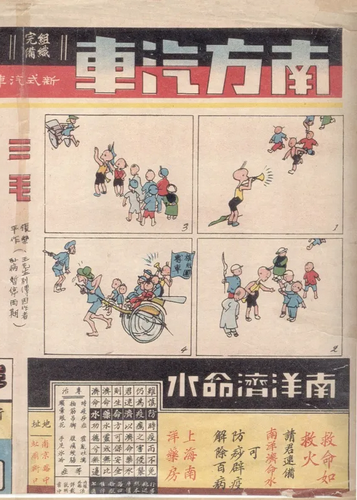
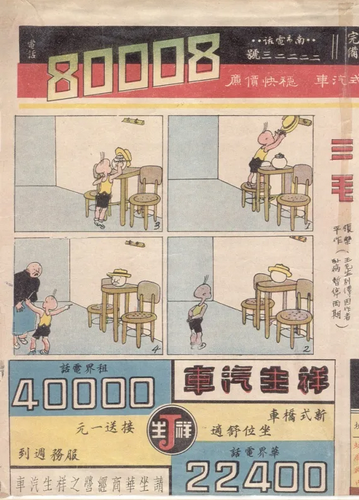
Sanmao was clever, playful and naughty. For example, in one strip named Revival, Sanmao found an early photo of his bald father in which he had thick hair. While his father was asleep, Sanmao painted his bared head black.
三毛聪明、活泼又淘气。比如在这幅《回复青春》的漫画中,三毛看到光头爸爸年轻时候的照片里头发浓密,于是趁着爸爸睡着的时候,他用毛笔给爸爸光溜溜的脑袋画上了头发。
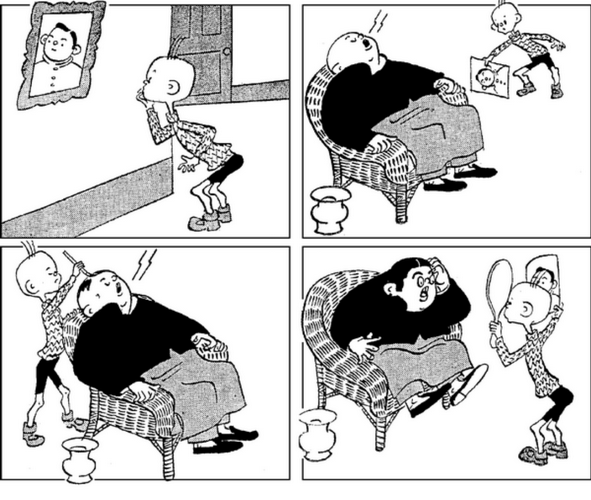
The comics offered a glimpse into many aspects of the everyday life of ordinary Shanghai people, through the perspectives of Sanmao.
三毛系列漫画通过一个男孩的视角,展现了普通上海市民生活的点点滴滴。
In the following decades till now, Sanmao, who always looks like someone in his early teens, has become one of the most popular comic characters among the Chinese.
几十年来,这个永远长不大的三毛成为了中国漫画史上最受欢迎的角色之一。
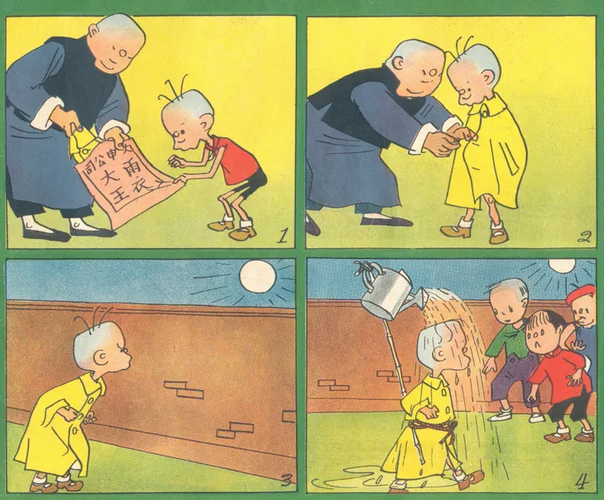
▲《物尽其用》(《三毛》选)
The best known Sanmao series are two books, Sanmao Joins the Army and Wanderings of Sanmao.
三毛漫画系列中最为大家所熟知的应该就是《三毛从军记》和《三毛流浪记》了。
Sanmao Joins the Army was based on the experiences of Zhang Leping when he joined a campaign to call on the fight against invaders, during the War of Resistance Against Japanese Aggression (1931-45).
张乐平先生以抗战期间、参与救亡宣传队时候的所见所闻,创作了《三毛从军记》。
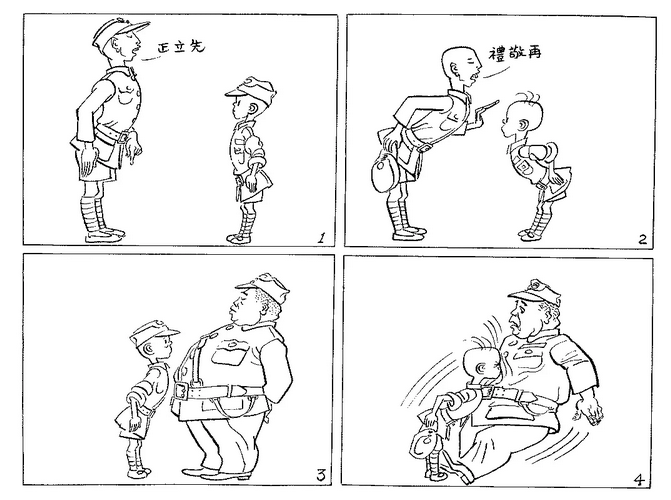
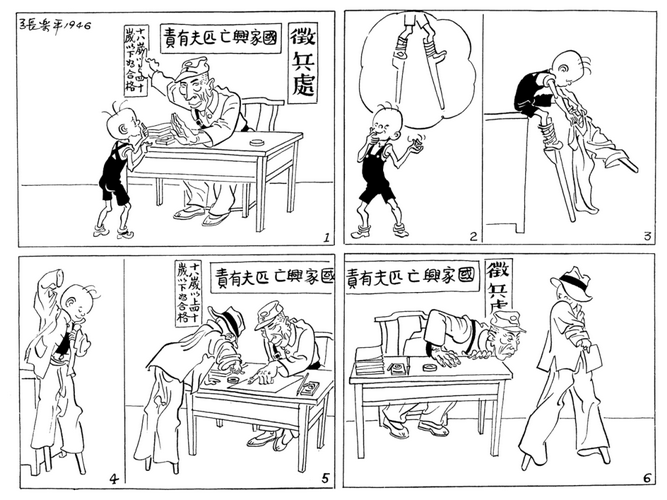
Following the success of Sanmao Joins the Army, Zhang created another widely acclaimed book, Wanderings of Sanmao, depicting the tragedy of the homeless, orphaned and refugee children in a big city after the war ended.
而后,张老继续创作了另一部广受赞誉的《三毛流浪记》,这本漫画反映了当时大城市里,战争孤儿无家可归的悲惨境遇。
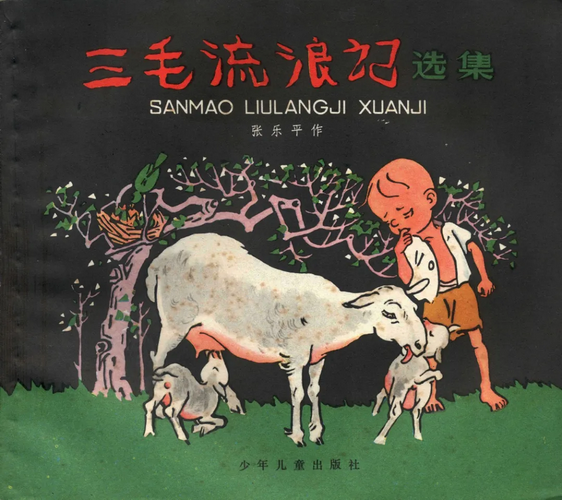
▲ 1959年出版的《三毛流浪记》选集
The image of Sanmao, symbolizing courage, kindness and optimism, has touched the hearts of several generations of people.
三毛身上凝聚着勇气、良善和乐观的精神,温暖激励了几代国人。
Zhang Leping later donated all the original manuscripts of Sanmao Joins the Army to China Art Museum, Shanghai.
张乐平先生后来将《三毛从军记》的全部手稿捐赠给中华艺术宫珍藏。
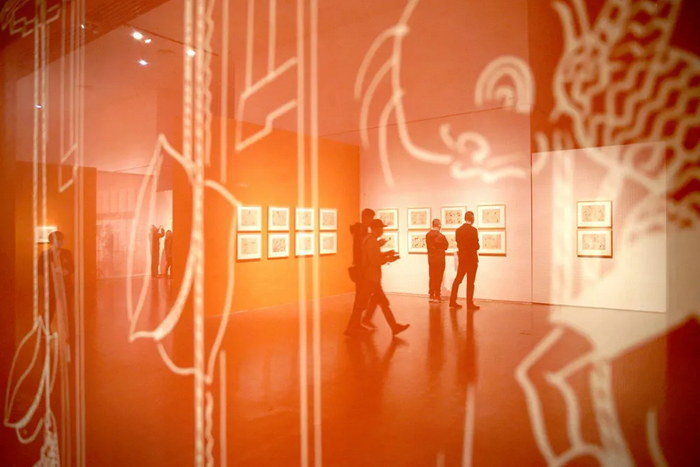
The whole collection is now on public display for the first time in Glance Back, an exhibition at the museum to commemorate the 110th anniversary of Zhang's birth. The show has been extended to close on Feb 28.
目前,这些原作首次向公众亮相,展出于中华艺术宫的《回眸——张乐平先生诞辰110周年纪念特展》上。展览应广大观众要求将延期到2月28日闭幕。
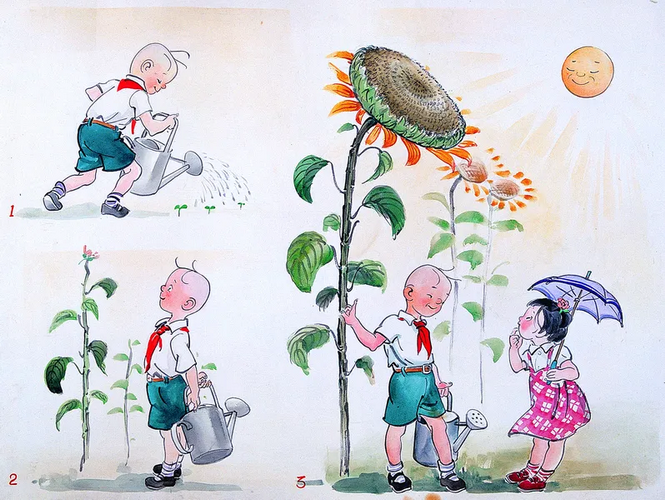
▲ 《向日葵》(《三毛日记》选)
Zhang continued to create Sanmao comics after the founding of New China in 1949, in which the young lad finally enjoyed a peaceful life.
建国后,张先生继续描绘三毛的生活。孤儿三毛终于过上了和平稳定的生活。
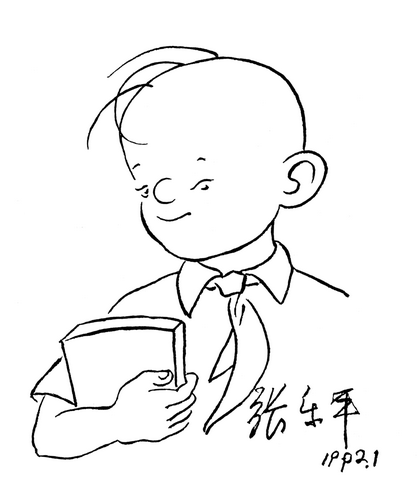
The last Sanmao comic work was a logo Zhang drew and signed on in January 1992, for a national knowledge competition for primary and middle school students.
张乐平先生生前发表的最后一幅三毛作品,是1992年1月他为“三毛杯”全国中小学生文史知识竞赛设计的这幅赛标。
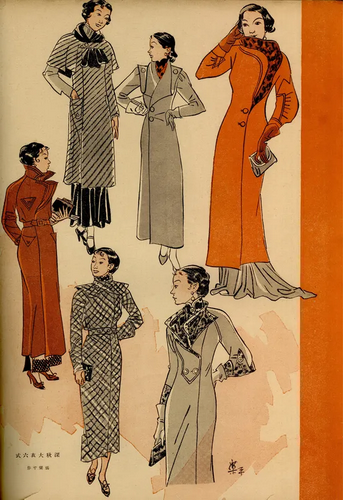
▲ 《深色大衣六式》1934年
Apart from the Sanmao comics, the exhibition charts the career of Zhang Leping as a versatile artist in making illustrations, collages, advertisement designs, fashion designs, paper-cuttings and clay sculptures.
除了三毛系列漫画,展览还回顾了张先生在插图、拼贴画、广告设计、服装设计、剪纸和泥塑方面的多才多艺。
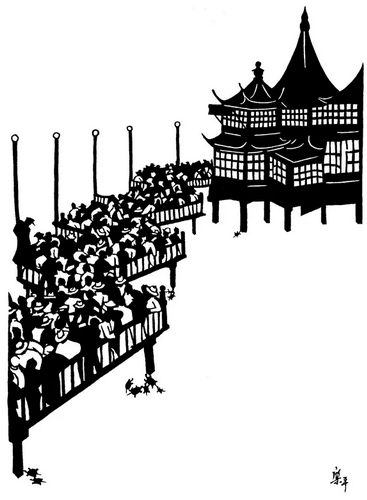
▲ 《大除夕的城隍庙九曲桥》剪纸 1935年
His works reflect the vibrancy of Shanghai, the metropolitan world he lived in, and exude a strong air of modernity attesting to the cultural tastes of city dwellers.
这些作品展现了上海的都市活力,洋溢着现代生活的气息,贴近当时普通市民的文化审美需求。
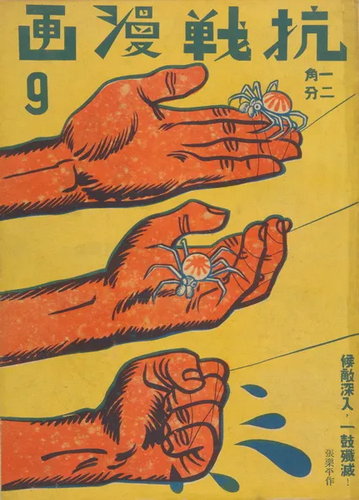
▲ 《候敌深入,一鼓歼灭!》
After the war broke out, Zhang Leping and many artists traveled around the country, during which he produced comics and posters to condemn the invaders' cruelty, hail those fighting on the front line, and unite people in resistance.
抗战全面爆发后,张先生和许多艺术家辗转各地,他创作漫画、宣传画来控诉侵略者的残忍罪行,致敬前线战士,号召国人团结起来抵抗侵略。
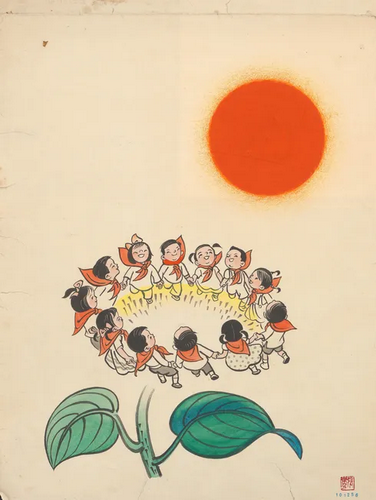
▲《葵花向阳》
Sanmao comics show how much Zhang Leping cared for children. Children were one recurring theme in his body of works.
三毛系列漫画让我们感受到乐平先生对儿童的关怀。在张先生一生的创作中,儿童是一个让他乐此不疲的主题。
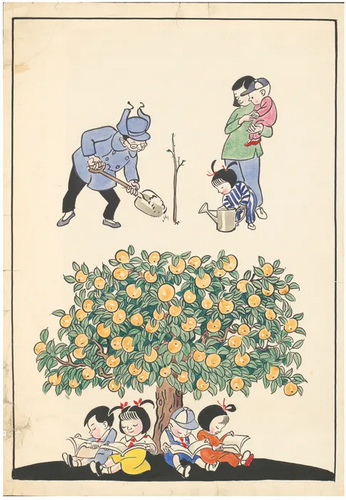
▲《前人栽树,后人乘凉》
In Zhang's world of art, children are simple, happy and honest, and need not worry about homework.
在张老的艺术世界里,孩子们没有写不完的作业,只有天真快乐、充满真诚的样子。
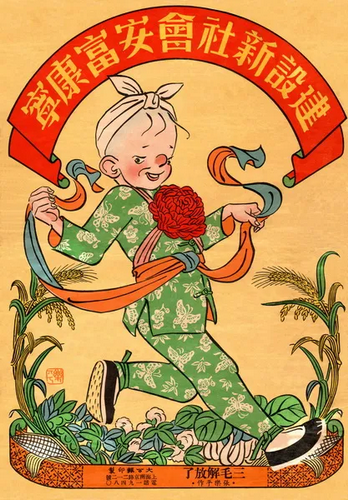
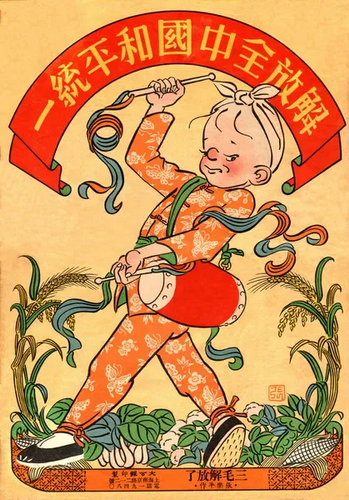
▲《三毛解放了》
Photos courtesy of Zhang family and China Art Museum, Shanghai
图片致谢张乐平先生后人和中华艺术宫
Have a nice weekend!
——摘自2021年1月16日微信公众号《 CHINADAILY》